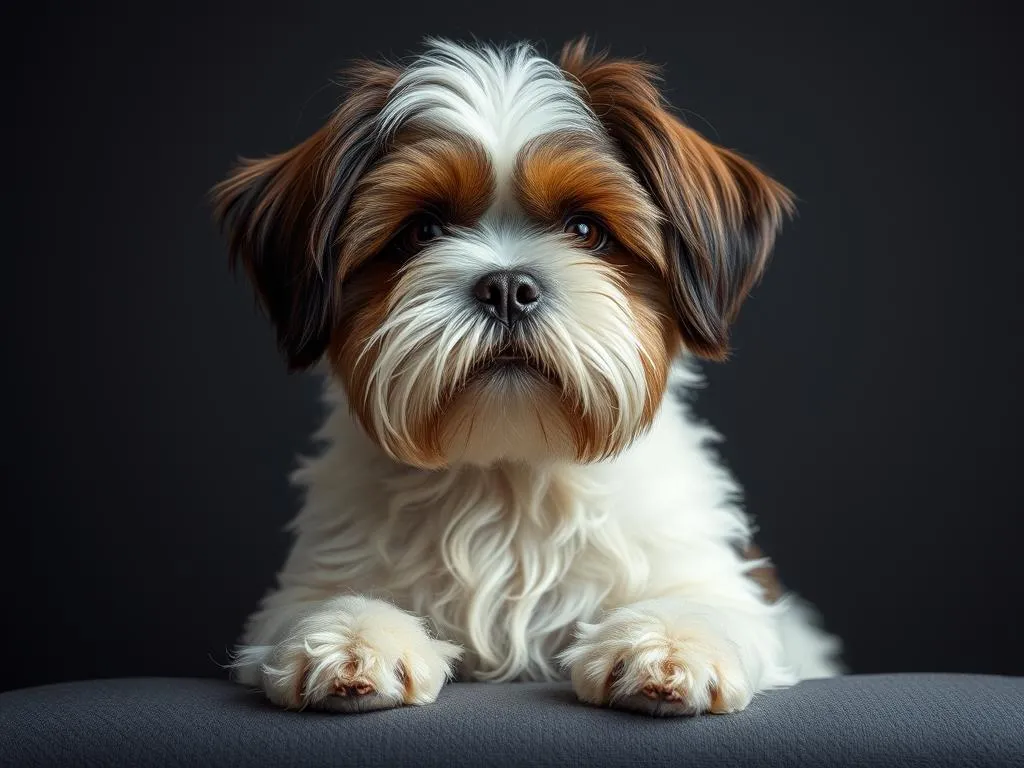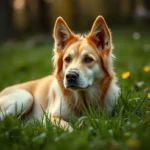
Introduction
Shedding is a common topic among dog owners, especially when considering the type of breed to welcome into their homes. Shedding refers to the natural process where dogs lose old or damaged fur, making way for new growth. This phenomenon occurs for various reasons, including seasonal changes, health factors, and the individual dog’s biology. Understanding shedding patterns can be crucial for potential dog owners, especially those considering a Shih Tzu.
The importance of understanding shedding in dog breeds cannot be overstated. Those who are sensitive to pet dander or who simply wish to keep their homes clean may want to know how much their furry companions will shed. This article will delve into the unique shedding characteristics of Shih Tzus, comparing them to other popular breeds and providing insights on how to manage shedding effectively.
Overview of Shedding in Dogs
What is Shedding?
At its core, shedding is a natural biological process. Dogs, like many other mammals, experience a hair growth cycle that includes phases of shedding. This cycle allows dogs to replace old and damaged fur with new, healthier hair. Factors influencing shedding can vary widely and include:
- Genetics: Some breeds are predisposed to shed more due to their genetic makeup.
- Health: Dogs with health issues may shed excessively.
- Environment: Changes in climate or exposure to allergens can impact shedding.
- Seasonal Changes: Many dogs shed more during seasonal transitions, such as spring and fall.
Shedding vs. Non-Shedding Breeds
Dog breeds can be classified based on their shedding patterns. Shedding breeds regularly lose fur, while non-shedding breeds tend to retain their coats, requiring regular grooming rather than seasonal shedding.
Some popular non-shedding breeds include:
- Poodle
- Bichon Frise
- Maltese
- Yorkshire Terrier
These breeds often have hair that grows continuously, similar to human hair, which reduces the amount of fur that ends up on your floors and furniture.
Shih Tzu Shedding Patterns
Shedding Characteristics of Shih Tzus
Shih Tzus are known for their luxurious double coat, which consists of a soft undercoat and a longer, flowing outer coat. This unique structure is one reason why many potential owners wonder: do Shih Tzus shed more than other dogs? Generally speaking, Shih Tzus do shed, but their shedding is often considered moderate compared to other breeds.
Shih Tzus do experience seasonal shedding, typically in the spring and fall. During these times, they may lose more fur as they transition between their heavier winter coat and lighter summer coat. However, because of their coat type, much of the hair that sheds can become trapped in their fur, making it less noticeable around the home.
Comparing Shedding Levels
When comparing Shih Tzus vs. other breeds, it’s helpful to consider their shedding levels in context. For instance:
- Labrador Retrievers: Known for being heavy shedders, especially during seasonal changes.
- Golden Retrievers: Also shed significantly, requiring regular grooming to manage their fur.
- Poodles: As a non-shedding breed, they require frequent grooming but do not contribute to dander in the same way.
From owner experiences and testimonials, many Shih Tzu owners report that while their dogs do shed, it is manageable with regular grooming practices. One owner mentions, “I find that brushing my Shih Tzu a few times a week keeps shedding to a minimum, and I hardly notice loose hair around the house.”
Factors Affecting Shedding in Shih Tzus
Health Considerations
Health plays a significant role in shedding levels. Common health issues that can lead to increased shedding in Shih Tzus include:
- Allergies: Environmental allergens can cause skin irritation and increased shedding.
- Skin Conditions: Issues like dermatitis can lead to fur loss.
- Hormonal Imbalances: Problems with hormones can also affect coat health.
Additionally, diet can significantly impact shedding. A balanced diet rich in omega fatty acids can promote healthy skin and fur, potentially reducing shedding. Shih Tzus benefit from high-quality dog food that meets their specific nutritional needs.
Grooming Practices
Regular grooming is essential for Shih Tzus, not only for maintaining their beautiful appearance but also for managing shedding. Here are some grooming practices to consider:
- Brushing: A slicker brush or a comb can help remove loose fur and prevent matting.
- Bathing: Regular baths with a gentle dog shampoo can help keep the coat clean and healthy.
- Trimming: Professional grooming every few months can keep the coat manageable and reduce the amount of hair that sheds.
Effective grooming not only helps to manage shedding but also promotes a healthy coat, preventing matting and skin issues.
Managing Shedding in Shih Tzus
Cleaning Tips for Homes with Shih Tzus
For owners of Shih Tzus, keeping a clean home is vital, especially during shedding seasons. Here are some effective cleaning tools and techniques:
- Vacuum Cleaners: Invest in a vacuum cleaner designed for pet hair. Models with strong suction and specialized attachments can help remove fur from carpets and upholstery.
- Lint Rollers: Handy for quick clean-ups, lint rollers can easily pick up stray hairs from clothing and furniture.
- Regular Cleaning Routines: Establish a regular cleaning schedule that includes vacuuming and dusting to minimize the accumulation of pet hair.
Preventive Measures
Preventing excessive shedding begins with a proactive approach to your Shih Tzu’s health and grooming. Regular veterinary check-ups are essential to identify any underlying health issues that may contribute to shedding. Maintaining a routine that includes:
- Health Screenings: Regular visits to the vet can catch potential health problems early.
- Utilizing Supplements: Certain supplements, like omega-3 fatty acids, can improve coat health and potentially reduce shedding.
By focusing on these preventive measures, Shih Tzu owners can help ensure a healthy coat and minimize shedding.
Conclusion
In summary, do Shih Tzus shed more than other dogs? The answer is nuanced. While they do shed, their shedding levels are typically moderate compared to breeds like Labs or Golden Retrievers. The unique double coat of the Shih Tzu helps trap loose hair, making it less noticeable around the home.
Potential Shih Tzu owners should be aware of their grooming requirements and health considerations that can affect shedding. With proper care, including regular grooming, a balanced diet, and routine veterinary visits, managing shedding can be a straightforward task.
Understanding these aspects of Shih Tzu shedding can help prospective owners make informed decisions and prepare for the joys and responsibilities of dog ownership. Whether you’re a seasoned pet owner or a first-timer, sharing experiences and insights can be invaluable in navigating the world of dog care.









